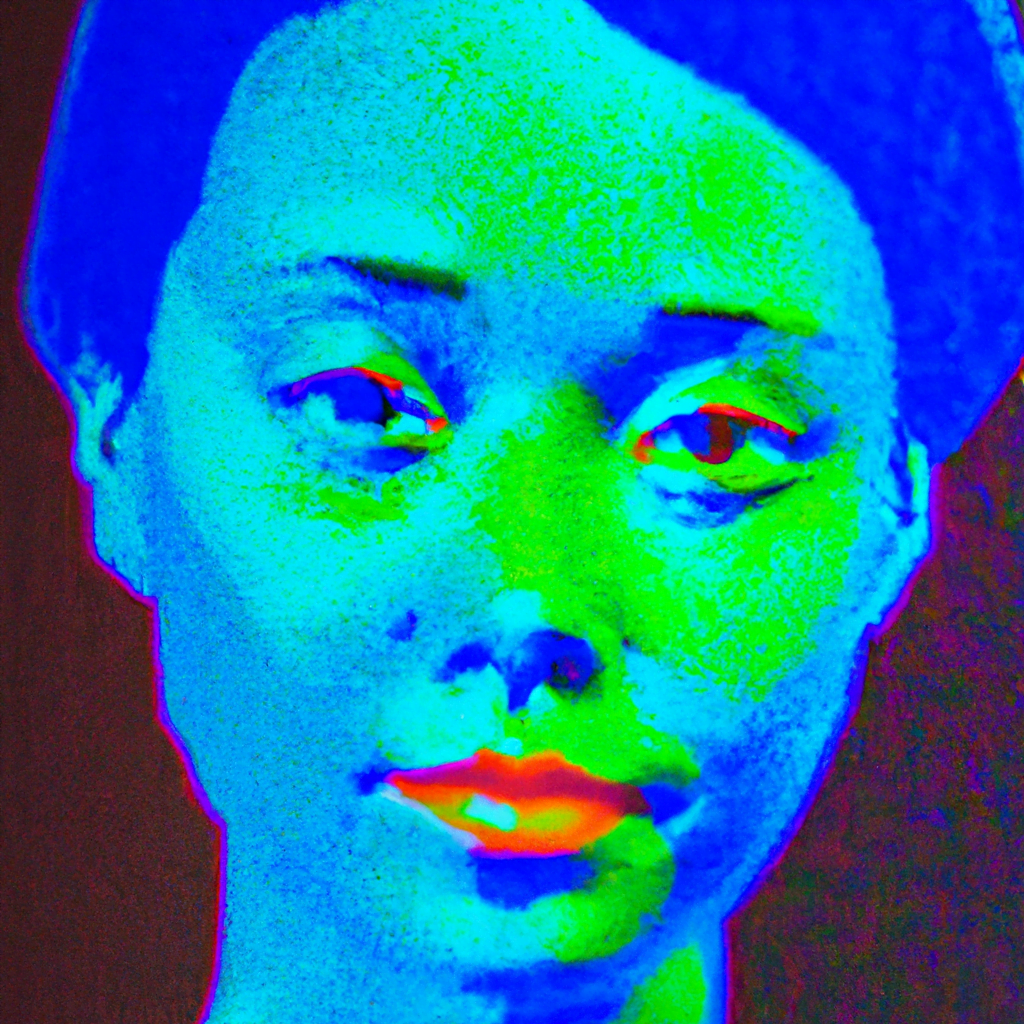
AI-Enabled Virtual Design Assistants for Graphic Designers

Graphic design is a creative field that requires a combination of artistic skills and technical expertise. Designers spend countless hours conceptualizing, sketching, and refining their ideas to create visually appealing and impactful designs. However, the design process can be time-consuming and challenging, especially when faced with tight deadlines and client expectations.
Fortunately, advancements in artificial intelligence (AI) have paved the way for the development of AI-enabled virtual design assistants. These virtual assistants leverage machine learning algorithms and natural language processing to assist graphic designers in various aspects of their work. In this article, we will explore the benefits and capabilities of AI-enabled virtual design assistants and how they are revolutionizing the graphic design industry.
The Rise of AI in Graphic Design
AI has made significant strides in recent years, transforming various industries, including graphic design. With the ability to analyze vast amounts of data and learn from patterns, AI algorithms can now generate designs, provide design recommendations, and automate repetitive tasks. This has led to the emergence of AI-enabled virtual design assistants that can augment the capabilities of graphic designers.
One notable example of an AI-enabled virtual design assistant is “Canva.” Canva is a popular online graphic design tool that utilizes AI algorithms to simplify the design process for non-designers. It offers a wide range of pre-designed templates, fonts, and graphics that users can customize to create professional-looking designs. Canva’s AI algorithms analyze user preferences and behavior to provide personalized design recommendations, making it an invaluable tool for both beginners and experienced designers.
The Benefits of AI-Enabled Virtual Design Assistants
AI-enabled virtual design assistants offer numerous benefits to graphic designers, enhancing their productivity and creativity. Here are some key advantages:
- Time-saving: Virtual design assistants can automate repetitive tasks, such as resizing images, applying filters, or generating color palettes. This frees up designers’ time, allowing them to focus on more creative and strategic aspects of their work.
- Design inspiration: AI algorithms can analyze vast design databases and identify patterns, enabling virtual design assistants to suggest design ideas and inspirations. This helps designers overcome creative blocks and explore new design directions.
- Efficient collaboration: Virtual design assistants can facilitate collaboration between designers and clients or team members. They can generate interactive prototypes, gather feedback, and iterate designs in real-time, streamlining the design review process.
- Consistency: AI-enabled virtual design assistants can ensure design consistency across various platforms and devices. They can automatically adapt designs to different screen sizes, resolutions, and color spaces, reducing the need for manual adjustments.
Case Studies: AI in Graphic Design
Several case studies demonstrate the effectiveness of AI-enabled virtual design assistants in improving the design process. Let’s explore a few examples:
1. Adobe Sensei
Adobe Sensei is an AI-powered virtual design assistant developed by Adobe, a leading software company in the creative industry. Sensei leverages machine learning algorithms to automate repetitive tasks, such as image retouching and object removal. It can also analyze images and suggest appropriate color palettes, fonts, and layouts based on the content and context. By integrating Sensei into their workflow, designers can save time and achieve more consistent and visually appealing designs.
2. Designhill’s Logo Maker
Designhill’s Logo Maker is an AI-driven virtual design assistant that helps users create professional logos without any design skills. The AI algorithms analyze user preferences and generate logo options based on the provided information. Users can customize the generated logos by adjusting colors, fonts, and layouts. Designhill’s Logo Maker has empowered small businesses and entrepreneurs to create unique and visually appealing logos at a fraction of the cost of hiring a professional designer.
The Future of AI-Enabled Virtual Design Assistants
The potential of AI-enabled virtual design assistants is vast, and their capabilities are expected to expand further in the future. Here are some potential developments to look forward to:
- Advanced design generation: AI algorithms will become more sophisticated in generating original designs based on user preferences and design briefs. This will enable designers to explore a wider range of design options and push the boundaries of creativity.
- Enhanced design collaboration: Virtual design assistants will facilitate seamless collaboration between designers, clients, and other stakeholders. They will enable real-time feedback, version control, and interactive design presentations, making the design process more efficient and collaborative.
- Intelligent design critique: AI algorithms will be able to analyze designs and provide constructive feedback, helping designers improve their work. Virtual design assistants will act as knowledgeable design mentors, guiding designers towards better design decisions.
- Integration with emerging technologies: Virtual design assistants will integrate with emerging technologies such as augmented reality (AR) and virtual reality (VR). Designers will be able to visualize and interact with their designs in immersive environments, gaining a deeper understanding of their impact.
Summary
AI-enabled virtual design assistants are transforming the graphic design industry by automating repetitive tasks, providing design recommendations, and enhancing collaboration. These virtual assistants save time, inspire creativity, ensure design consistency, and empower non-designers to create professional-looking designs. Case studies of Adobe Sensei and Designhill’s Logo Maker demonstrate the effectiveness of AI in improving the design process. The future of AI-enabled virtual design assistants holds even more promise, with advanced design generation, enhanced collaboration, intelligent design critique, and integration with emerging technologies on the horizon. As AI continues to evolve, graphic designers can leverage virtual design assistants to streamline their workflow, unleash their creativity, and deliver exceptional designs.
